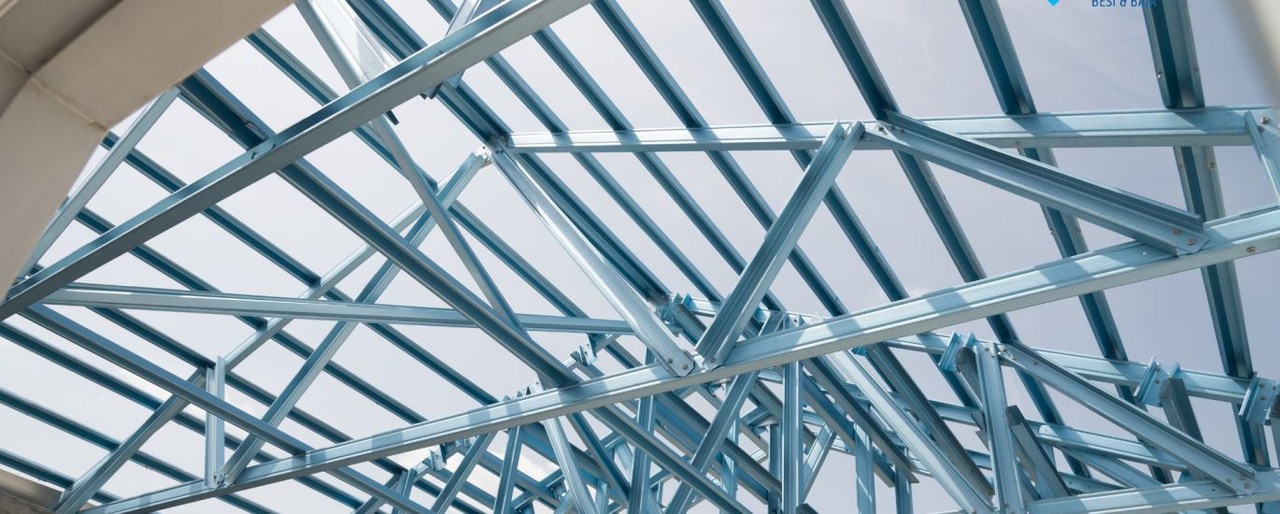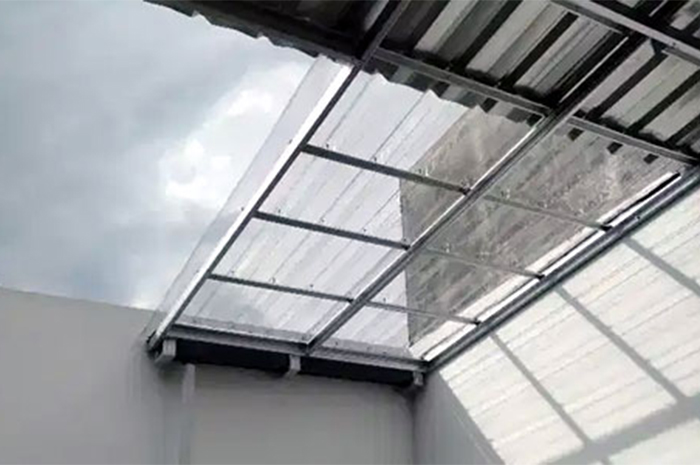Beranda > Artikel
Alumunium Foil for Roof

The roof is a building cover at the top which aims to shelter from rainwater, heat of the sun and also as a push from the wind. Installation of a good roof will create the space under it comfortably occupied for activities and activities, for example the room protected from rain water droplets due to leakage, avoid the rain water tampias and the room under the roof is not hot so if the room is air conditioned then the quality of cold air become reduced and the AC work becomes heavy (maximum) which will result in wattage more extravagant.
Ceiling mounting on the ceiling of the room can indeed reduce the heat generated from the sunlight that overrides the roof cover and heat effects will be forwarded to the ceiling and will be dimmed by the ceiling material, but the ceiling work is not maximal (except the special ceiling material that can reduce hot).
So what if there is a roof leak? what if there is rain water tampias caused by exposure to wind? and what if the roof exposes. What is clear if there is water droplets that hit the ceiling surface then the ceiling will arise spots stained and over time will be moldy broken and the ceiling becomes perforated. Not to mention when the water about the roof truss and ceiling framework, any material will be damaged and porous.
The sheet of alumunium foil roof sheet is a solution to prevent leaks and rain water tampias and able to reduce the heat of the sun and heat temperature outside the roof. Alumunium foil is one of the most common materials and widely used as a complement to lightweight steel roof truss. Alumunium foil has 99.45% purity material, tear resistant plastic made of polyethylene, does not propagate fire if shorting or short circuit of electric current, noise reduction up to 6 db and melting point up to 310 degree celcius.
Alumunium Foil Fitting Function
- Refuse or reduce radiation from the sun to 97%. In the daytime usually the temperature in the room or house is hotter, it is caused by heat radiation transfer in the roof to the bottom of the roof. Alumunium is installed under the tile serves to reflect back the solar radiation, so the temperature in the room is cooler.
- If there is a leak on the roof, alumunium foil serves to block the flow of water, so the water does not go directly into the room.
Alumunium Foil Type
The usual type of alumunium foil on the market is as follows:
- Alumunium foil single is aluminum whose layer consists of only one side only, so it will only look shiny on the top but opaque at the bottom.
- Alumunium foil double is aluminum which glossy layer at bottom and top that is consist of two side. Excess aluminum foil double is able to resist the radiation is more effective and stronger when compared with single foil.
Alumunium Foil Layer
Alumunium foil there is using a layer of paper or plastic material. Because the plastic material is not quickly torn then the aluminum with plastic materials are usually more expensive. In lightweight steel roof truss, the aluminum foil is fitted with a clamp between the lightweight armor and chassis, and can be done before or simultaneously with the installation of the batten. Fixed alumunium foil fitting is a flat installation, as with a flat surface will more effectively reject solar radiation, blocking water in case of leakage. So that water does not fall directly down, according to the slope of the roof.
Alumunium Foil Installation Technique
The alumunium foil mounting technique is to place between the battens and the C profile (Kasso) with a flat pullout, starting from the bottom to the top. Withdrawal should be done sufficiently to avoid damaging or tearing alumunium foil. Use a side bucket of existing sides of the crease, otherwise it will result in tearing of alumunium as it is exposed to the side of the batten.
Thus post about Functions, Types and Alumunium Roof Foil Installation Techniques. May be useful.
 Bahasa Indonesia
Bahasa Indonesia  Inggris
Inggris
 Bahasa Indonesia
Bahasa Indonesia  Inggris
Inggris
 The roof is a building cover at the top which aims to shelter from rainwater, heat of the sun and also as a push from the wind. Installation of a good roof will create the space under it comfortably occupied for activities and activities, for example the room protected from rain water droplets due to leakage, avoid the rain water tampias and the room under the roof is not hot so if the room is air conditioned then the quality of cold air become reduced and the AC work becomes heavy (maximum) which will result in wattage more extravagant.
The roof is a building cover at the top which aims to shelter from rainwater, heat of the sun and also as a push from the wind. Installation of a good roof will create the space under it comfortably occupied for activities and activities, for example the room protected from rain water droplets due to leakage, avoid the rain water tampias and the room under the roof is not hot so if the room is air conditioned then the quality of cold air become reduced and the AC work becomes heavy (maximum) which will result in wattage more extravagant.





